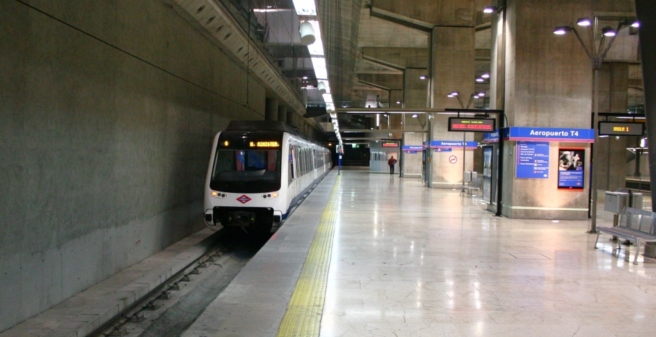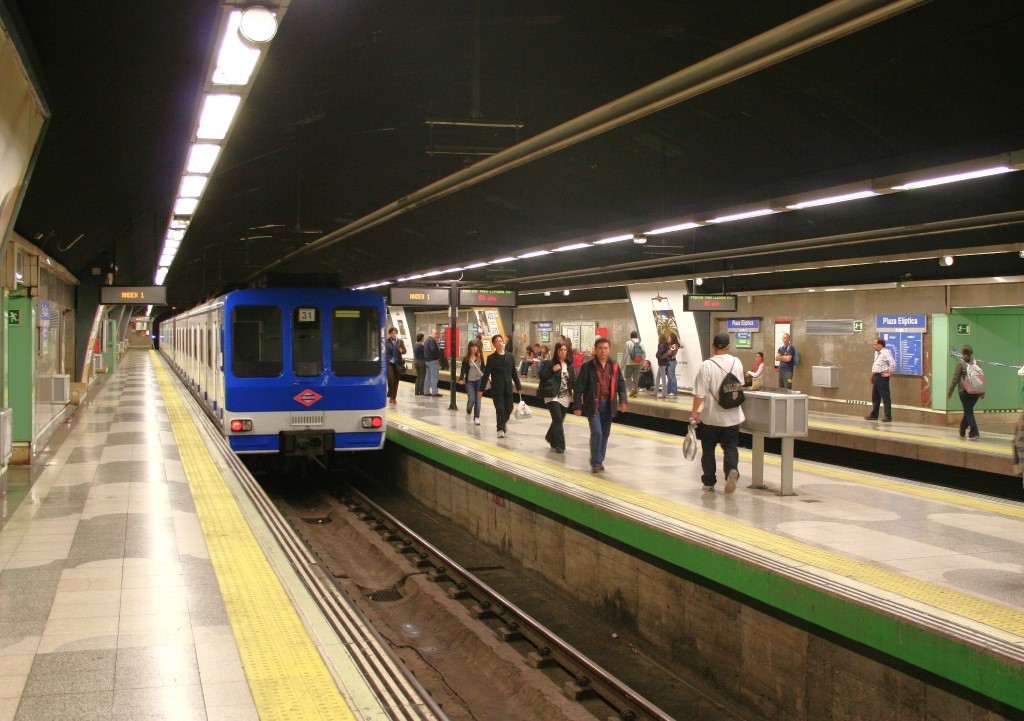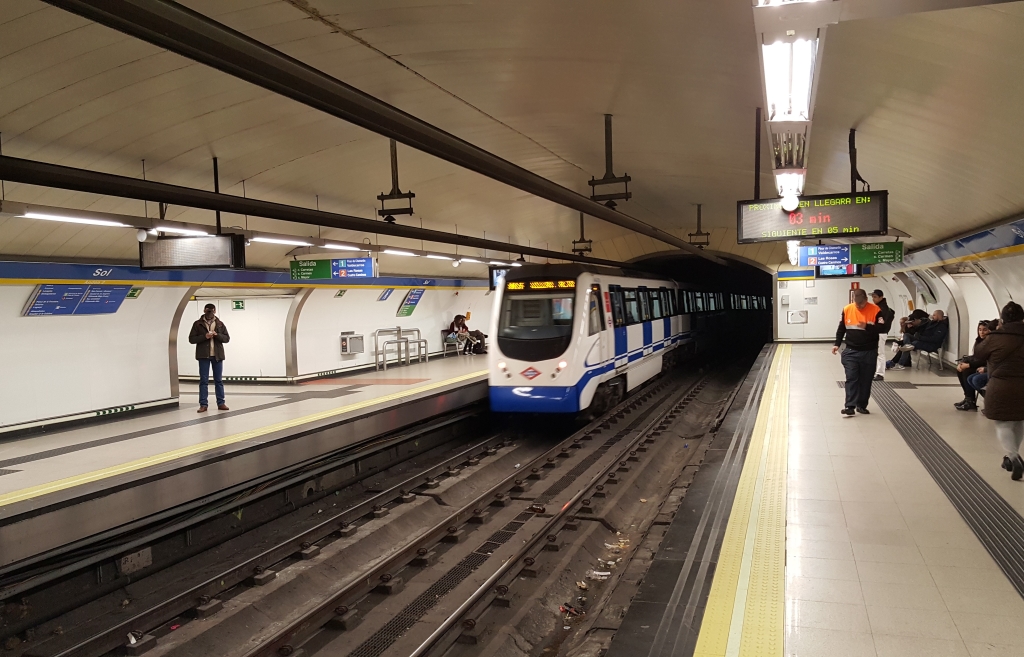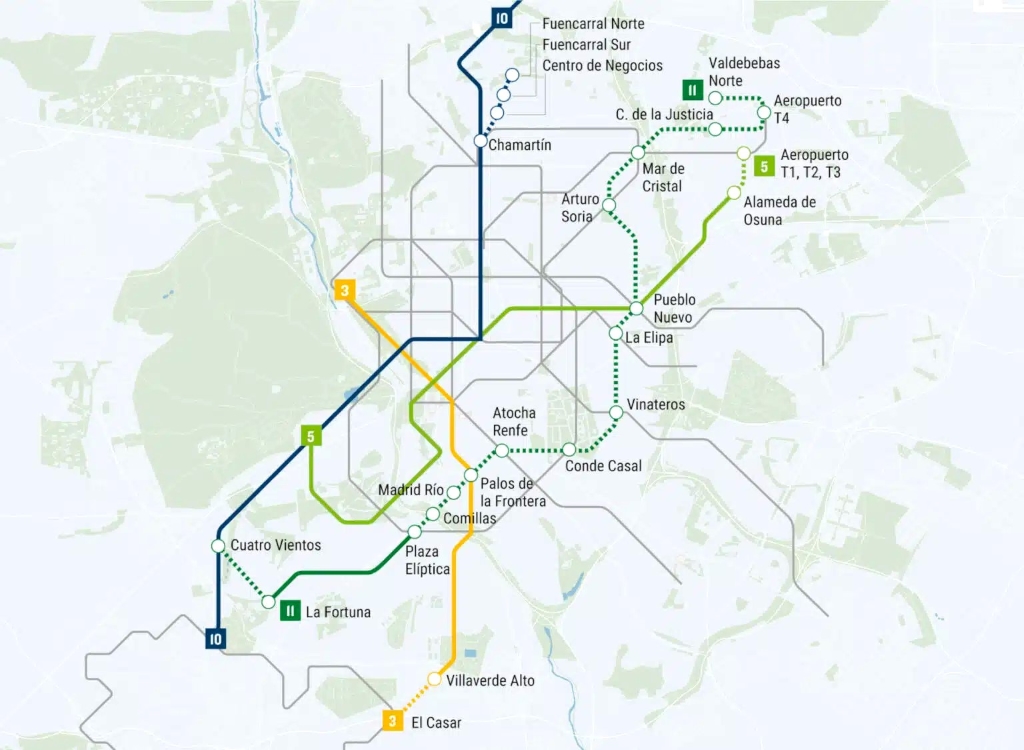
Madrid’s Regional Government announced on 20 February that the new Strategic Plan for Metro de Madrid will include the automatic operation of metro lines 6 and 8, in order to allow the trains to run every two minutes and to save energy by the more homogeneous acceleration and driving.
The first changes towards this automation will be carried out on line 6, the busiest line of the entire network, with 110 million users in 2023, an average of 618,000 passengers on a working day. The line has 28 stations on its 23 kilometres length. Line 8, the airport connection from Nuevos Ministerios north of the city centre, is planned afterwards. Completion of these conversions has been announced for 2030, however, details about the funding have not been provided. The impact on the costs of the recently announced order of 80 new metro trainsets, to be delivered between 2026 and 2029 for both large and small profile lines of Madrid’s metro network, has not been communicated: Part of the new trains on order have to be adapted and configured according to automated operation.
The 80 new trains will replace older units from the 1980s and 1990s in service mainly on large profile lines 6 and 9 and on some small-profile lines while others will be needed for the expansion of the network.


Progress on the metro extension projects
Most advanced is the extension of metro line 3 from its current terminus Villaverde Alto to El Casar where it will provide a second connection to the 40 km long circular line 12 MetroSur which links the five municipalities Fuenlabrada, Getafe, Leganés, Móstoles and Alcorcón south of Madrid. 65% equally 2.2 km of this new underground extension are already complete, opening is expected in 2026. The new section will allow interchange between the metro lines 3 and 12 as well as a number city and interurban bus lines and to the suburban train service Cercanías.
The expansion of the existing feeder metro line 11 with the first phase from Plaza Elíptica to Conde de Casal has been slower than expected but will move forward while the completion of the line with an extension further north via Vinateros (L9), La Elipa (L2), Pueblo Nuevo (L5, L7), Arturo Soria (L4) to Mar de Cristal (L4, L8) to Valdebebas in the north-east of the city has been postponed for the time after 2030, mainly because of cost reasons. A prolongation on the other end of the line from La Fortuna to Cuatro Vientos to provide another link to MetroSur is foreseen in the long run.
In turn, work will begin next year on the extension of the L5 from today’s terminus Alameda de Osuna to Adolfo Suárez International Airport. The line will end at the Aeropuerto T1-T2-T3 stop, with interchange facility to the L8 which connects with the main terminal T4 of the airport. The project has a budget of 209 million EUR.
In addition to these initiatives, there is the construction of the new fully automated feeder metro line 13 between Chamartín railway station and Madrid Nuevo Norte development area which will be completed by 2030, see: https://www.urban-transport-magazine.com/en/an-automatic-metro-for-madrid. New trains have yet to be tendered for this new line.


